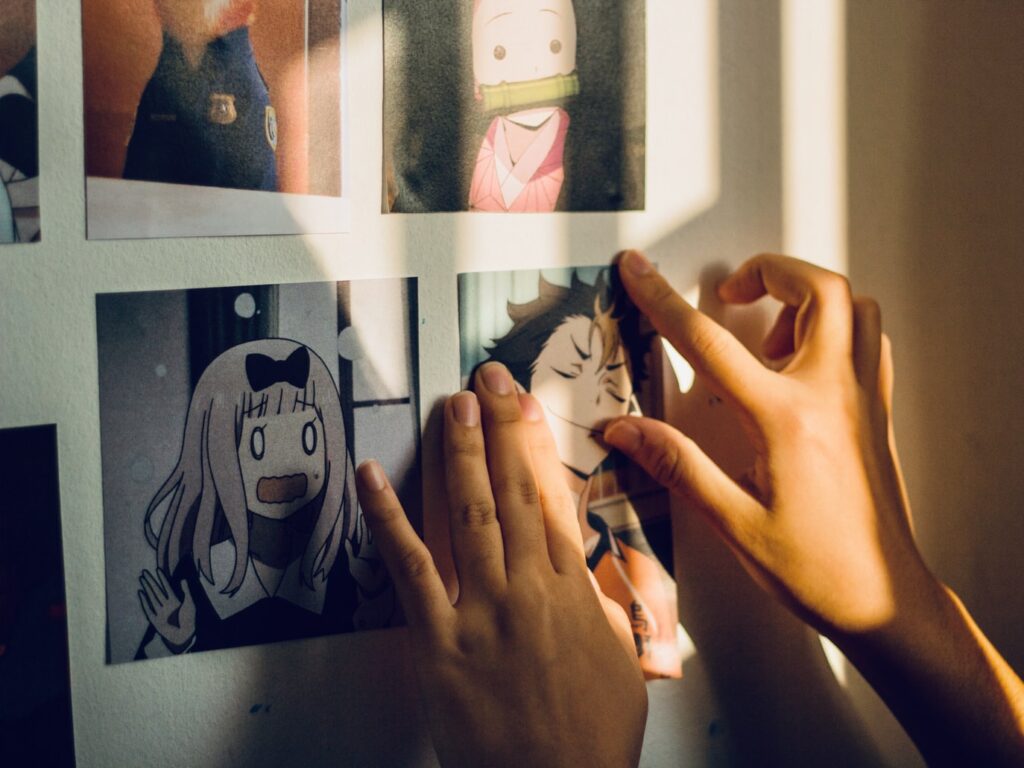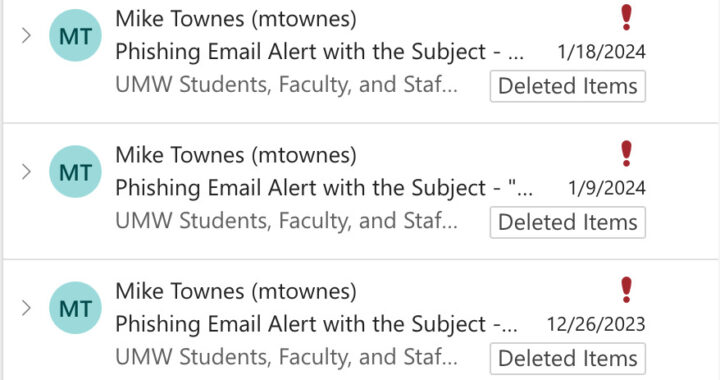“Demon Slayer” vs. “SpongeBob SquarePants”: Why Japanese animation is better than western animation
4 min read
Japanese animation provides aesthetic value as well as complex storylines, which proves why it is better than western animation. Gracie Dharma | Unsplash
NYAH HIZER
Staff Writer
As a 21-year-old adult, trying to relive childhood memories by watching animated shows like “SpongeBob SquarePants” or “Adventure Time” doesn’t elicit the same sense of happiness it used to, but watching Japanese animation, or does.
These western animated shows aren’t good, or at least they don’t have the same effect as they did when I was little. The messages are completely lost in translation, and I don’t even utter a laugh, let alone smile at these shows anymore. When I can relate to a character and grow with them, it makes me want to watch that show.
Also, I don’t want to be with a one-trick pony. I like the excitement, the anger, the sadness and the complex emotions that Japanese animation elicits. The character development and relatable characters, in-depth plots and genre variety are all characteristics that make Japanese anime unparalleled to western cartoons, which is why Japanese anime is superior.
Japanese animation, or “anime” for short, has become increasingly popular in western culture in the last decade. These shows are filled with all sorts of characters, and each is portrayed in such a way that evokes strong sentiments towards the shows.
The most common character type in anime is that of a main character who was kicked around in their earlier life and made fun of by their peers but has grown up to be strong and looked up to. The character development is depicted in such a way that the viewer actually feels the struggle the main character has to go through in order to reach their goal, whether it be something as far fetched as becoming the strongest hero or something not so out of reach such as asking out their crush. This is an important quality that most western cartoons today fail to display, and is one of the reasons why anime is much more well defined than them.
Another category in which Japanese anime is better than western cartoons is storytelling. For instance, shows like “Spongebob Squarepants” are good for an episode or two, but they don’t follow the same story; every episode contains a different plot and becomes hard to follow. In anime, however, every show is able to create and establish a unique plot that is able to carry on throughout several episodes or even a whole season, which is known as story arcs.
From the unique plot of “Demon Slayer,” junior biomedical sciences major Dylan Crann said, “I become encapsulated into a new world. The story and animation keep and hold the viewers’ attention.”
Storylines in anime are usually carried out and broken into several pieces. These story arcs are then used to develop multiple characters and help prolong the overarching goal or the main story. Take a popular anime like “Demon Slayer,” for example; the main goal in “Demon Slayer” is for the main character to slay the boss demon, but he must go through several different pieces of the story arc before he reaches his end goal. All of these story arcs in anime always stay true and linear to the main story and never stray too far away from the main goal, unlike western cartoons that are all over the place with a different story every episode.
Another important quality about anime is that it’s able to cater to multiple different age groups, whereas western cartoons really only cater to younger kids. Multiple people from UMW have stated that anime is significantly better than cartoons because of its ability to defy age limits.
“Since I’m an adult now, anime offers me the best of both worlds,” said Ryan Vanderhoof, a junior communication and digital studies major. “It’s something that is very entertaining but also has amazing story building and character development that people of all ages can enjoy.”
I know that this is true because on one end of the spectrum, my 11-year-old brother loves and enjoys anime such as “Demon Slayer” and “Naruto,” while, on the other end, my 45-year old father also enjoys the same shows. However, my younger brother also enjoys a western cartoon known as “Loud House,” and my dad, who has tried to watch it, can’t bring himself to even smile. He describes it as “a loud and obnoxious show that parents can put on the TV to distract the little kids while they nap.”
Anime has a uniqueness about it that’s able to bring people together. Whether it’s a beautifully animated, action-packed show like “Demon Slayer” or a more relaxed and laid-back show like “The Devil is a Part-Timer.” Anime truly offers viewers of all ages and demographics something that they can enjoy alone or together.











